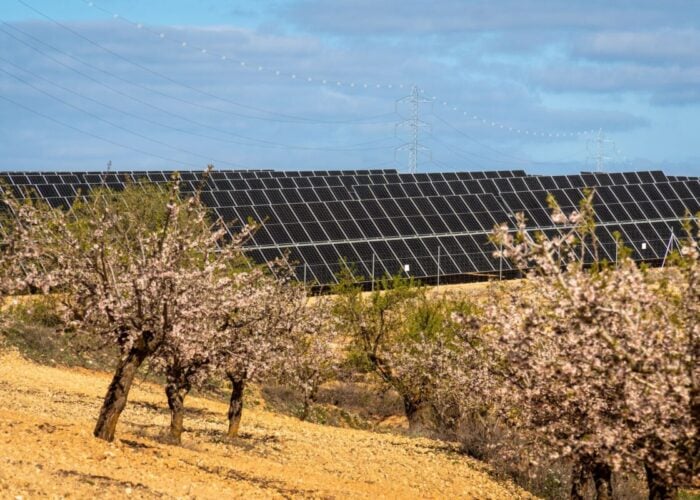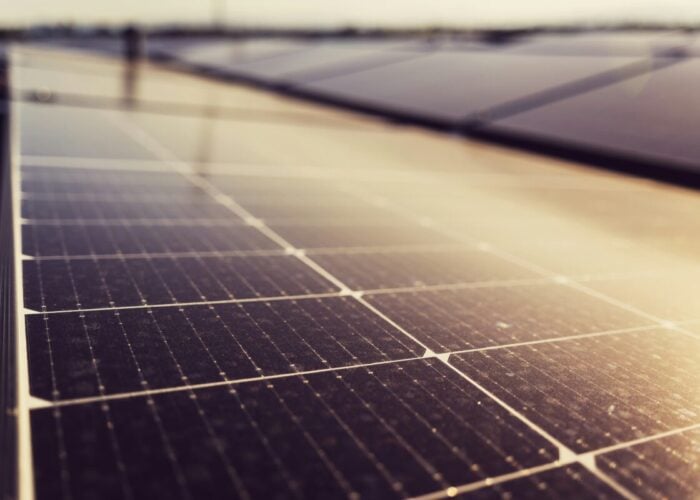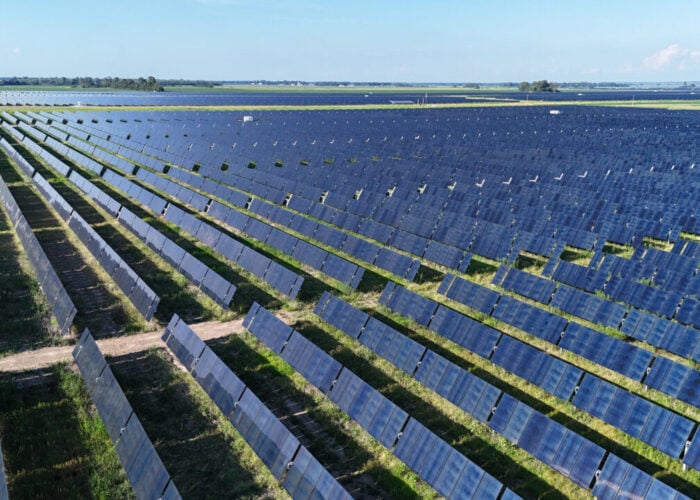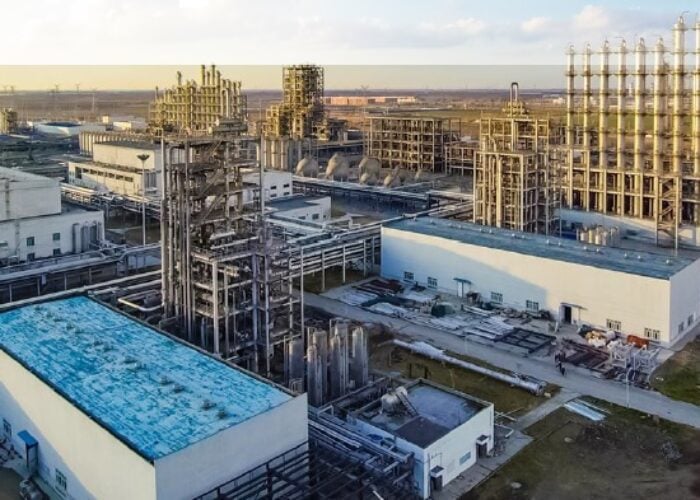The race for higher photovoltaic module efficiencies has heated up and reached a new milestone, with the news that REC and the Energy Research Center of the Netherlands (ECN) have produced the first multicrystalline-silicon solar panels to hit 17.0% aperture-area conversion efficiency.The previous world record of 16.53% was announced by Suntech in late September, a result that had topped ECN and its partners’ record of 16.4%, which was achieved earlier in the year.
The results of the champion module performance measurements, done under standard test conditions, were recently confirmed by the European Solar Test Installation (ESTI).
The world record came as a result of the joint efforts of the Norwegian company and the research center. REC produced the high-quality multicrystalline solar wafers from its manufacturing lines in Norway; the wafers are characterized by very low levels of impurities and dislocation densities achieved by using the company’s latest-generation wafer furnaces. ECN produced the cells and assembled the world record solar panel.
Try Premium for just $1
- Full premium access for the first month at only $1
- Converts to an annual rate after 30 days unless cancelled
- Cancel anytime during the trial period
Premium Benefits
- Expert industry analysis and interviews
- Digital access to PV Tech Power journal
- Exclusive event discounts
Or get the full Premium subscription right away
Or continue reading this article for free
The center says its module design and manufacturing process is based on its efficiency-enhancing rear-contact solar cell technology, in which the metallization wrap-through (MWT) cells are interconnected in modules using conductive adhesives and a patterned conductive foil. MWT cells feature the front electrode “wrapped through” small vias in the cell, so that it can be contacted at the rear, in parallel with the rear-side electrode.
Solland Solar was reported earlier this year to be the first company that will use the technology for commercial multi-cSi module production.
“For ECN, it is most important to show our progress in industrial viable technology. The world record shows the enormous potential, and we are certain that soon the first products will be available through our partners,” said Ton Hoff, ECN’s managing director.






